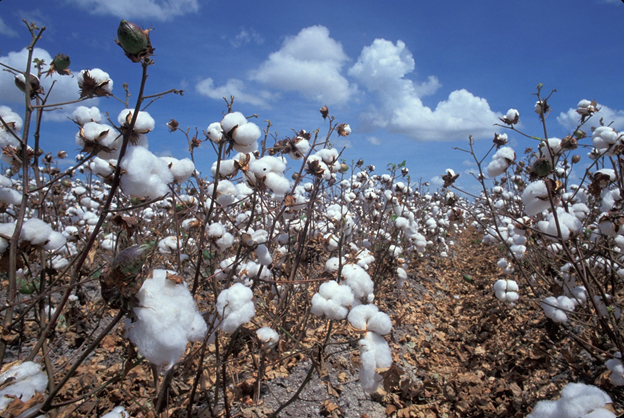Vital AM fungi damaged by GM Bt cotton
The negative effects of Bt cotton on AM fungi are wide-reaching.

Vital AM fungi damaged by GM Bt cotton
A recent paper, titled “Evidences of inhibited arbuscular mycorrhizal fungal development and colonization in multiple lines of Bt cotton”, by Chen et al., found that transgenic cotton genetically modified to express Bacillus thuringiensis (Bt), an insect toxin, inhibits the development of Rhizophagus irregularis, a common beneficial arbuscular mycorrhizal (AM) fungus.
The highlights of the paper include:
– Bt cotton inhibited spore germination and pre-symbiotic hyphal differentiation
– Appressorium number decreased on Bt roots
– Root colonization intensity and arbuscule abundance decreased within Bt roots
– More collapsed arbuscules were observed in Bt roots
– Interference of signal perception or Bt toxicity directly impact AM fungi

The negative effects of Bt cotton on AM fungi are wide-reaching. AM fungi form associations with the vast majority of plant species, supplying plants with key nutrients and water, in exchange for carbohydrates (sugars) made via photosynthesis. They can enable plants to better handle biotic and abiotic stresses, like drought, salinity, and disease. In addition to helping the plants that they are directly connected to, AM fungi form a large underground network, connecting the majority, if not all, of the plants in a community. The negative effects of Bt on the local AM fungi could have negative consequences for the entire plant community, which could lead to a domino effect throughout other trophic levels. AM fungi “are important mediators of the wider ecosystem function, with mycorrhizal biodiversity correlating with ecosystem variability, nutrient capture, and plant productivity.”
These negative effects on AM fungi may also explain the low yields seen with Bt cotton. AM fungi are often used in regions with limited nutrients to relieve stress and increase crop yields. One study even found a 20% increase in cassava yields in Colombian fields with additions of AM fungi. These kinds of studies demonstrate the importance of understanding species interactions (both at the local and community scale) for crop growth.
Source:
Original paper:



 Print
Print Email
Email



